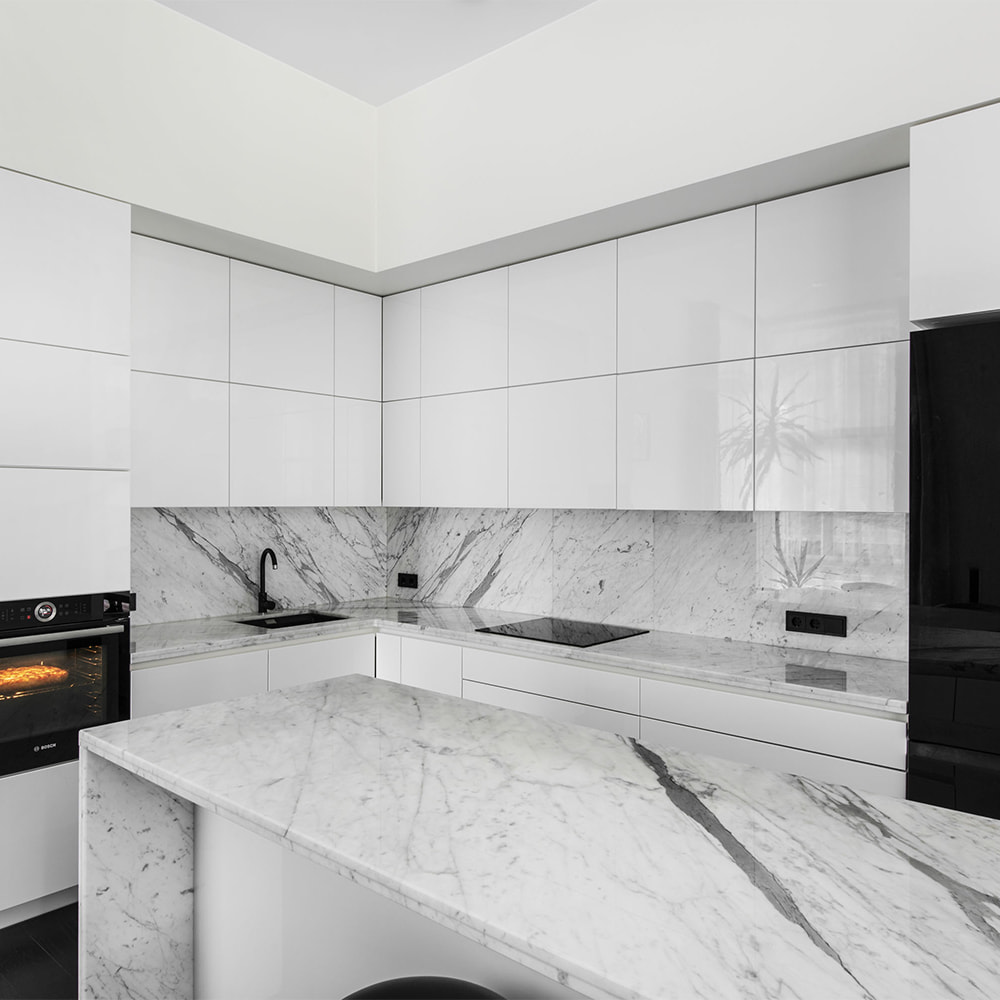In the world of modern construction, interior design, and manufacturing, acrylic laminate sheets have emerged as a go-to solution for those seeking stylish, durable, and versatile surface finishes. These sheets offer a high level of customization, combined with exceptional durability and ease of maintenance. As industries continuously push for sustainable, cost-effective, and aesthetically pleasing options, acrylic laminate sheets are becoming an essential material for both commercial and residential applications.
Acrylic laminate sheets are often used as an alternative to traditional wood or stone finishes due to their ability to mimic the appearance of natural materials, while being more lightweight, cost-effective, and easier to maintain. The aesthetic flexibility and high-performance features make them a popular choice across numerous industries, from interior design to furniture manufacturing.
One of the primary reasons for the increasing popularity of acrylic laminate sheets is their vast design versatility. These sheets come in a range of colors, textures, and patterns, allowing them to mimic natural materials such as wood, stone, and marble. Whether it’s a sleek, modern look for a contemporary home or a more traditional appearance for office furniture, acrylic laminate sheets can be tailored to fit any design style.
Moreover, manufacturers can create custom patterns, finishes, and even digital prints, giving designers endless options to achieve unique and eye-catching looks. This versatility makes acrylic laminate sheets suitable for a wide range of applications, from wall panels and kitchen countertops to furniture and decorative elements.
Durability is a key factor when selecting materials for construction and interior design, and acrylic laminate sheets excel in this area. The acrylic surface is resistant to scratches, stains, and fading, ensuring that it maintains its appearance over time. The non-porous nature of the material also makes it resistant to moisture, making it an ideal choice for environments like kitchens and bathrooms.

Acrylic laminate sheets are also designed to be impact-resistant, which helps them withstand everyday wear and tear. Their longevity makes them an attractive option for high-traffic areas, such as office spaces, retail stores, and public buildings, where materials need to endure heavy use without showing signs of damage.
Compared to other surface materials, such as natural wood, marble, or stone, acrylic laminate sheets offer a more affordable alternative without compromising on style or durability. The cost-effective nature of acrylic laminate sheets makes them an ideal choice for both large-scale commercial projects and residential renovations. They provide designers and builders with the opportunity to achieve high-end aesthetics at a fraction of the cost of more expensive materials.
Another significant advantage of acrylic laminate sheets is their ease of maintenance. Unlike natural wood or stone surfaces that require special cleaning products and regular sealing, acrylic laminate sheets are simple to clean with mild soap and water. The non-porous surface prevents dirt, grease, and stains from penetrating, making them easy to wipe down and maintain their appearance.
Additionally, acrylic laminate sheets do not require any periodic polishing or re-finishing, which helps reduce maintenance costs and effort over time. This low-maintenance quality makes them a practical choice for both residential and commercial settings where convenience is a priority.
In an era where sustainability is a growing concern, acrylic laminate sheets offer a more eco-friendly option compared to some traditional materials. Many manufacturers produce acrylic laminate sheets using recycled acrylic resin, contributing to reduced waste and lower environmental impact. Additionally, the durability of acrylic laminate sheets means they need to be replaced less frequently, further reducing the need for additional resources and waste.
Some acrylic laminate sheets also come with certifications, such as GreenGuard, that indicate they meet stringent environmental standards, making them an appealing choice for projects focused on sustainability and green building practices.
The versatility and performance of acrylic laminate sheets make them suitable for a variety of applications across multiple industries. Some of the key uses include:
In interior design, acrylic laminate sheets are widely used for wall panels, cabinetry, countertops, and furniture. Their sleek appearance and ability to replicate natural materials make them ideal for both contemporary and traditional designs. From kitchens and bathrooms to living rooms and offices, acrylic laminate sheets provide a cost-effective way to elevate the aesthetic of any space.
For furniture manufacturers, acrylic laminate sheets are an excellent option for creating durable and visually appealing surfaces on tables, chairs, and cabinets. Their resistance to scratches and stains makes them a long-lasting choice for high-use items.
Acrylic laminate sheets are also commonly used in commercial and retail settings. Their durability and aesthetic flexibility allow businesses to create eye-catching displays, signage, and fixtures that enhance the customer experience. The sheets can be easily customized with branding, logos, and creative designs, helping to elevate the identity of a brand.
Acrylic laminate sheets are frequently used in architectural applications, such as cladding, partitions, and facades. The ability to create stunning visual effects, along with the material’s weather-resistant properties, makes it suitable for both indoor and outdoor architectural elements. The sheets’ lightweight nature also reduces structural load, making them ideal for large-scale installations.
The automotive and electronics industries have also embraced the use of acrylic laminate sheets. In automotive manufacturing, these sheets are used for interior panels, dashboards, and other design elements that require a sleek, durable finish. In the electronics industry, acrylic laminate sheets are used for creating decorative surfaces on consumer electronics, such as mobile phones, laptops, and home appliances.


 English
English 中文简体
中文简体









